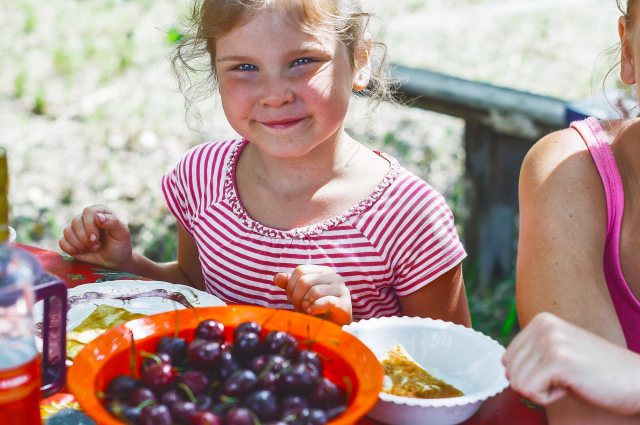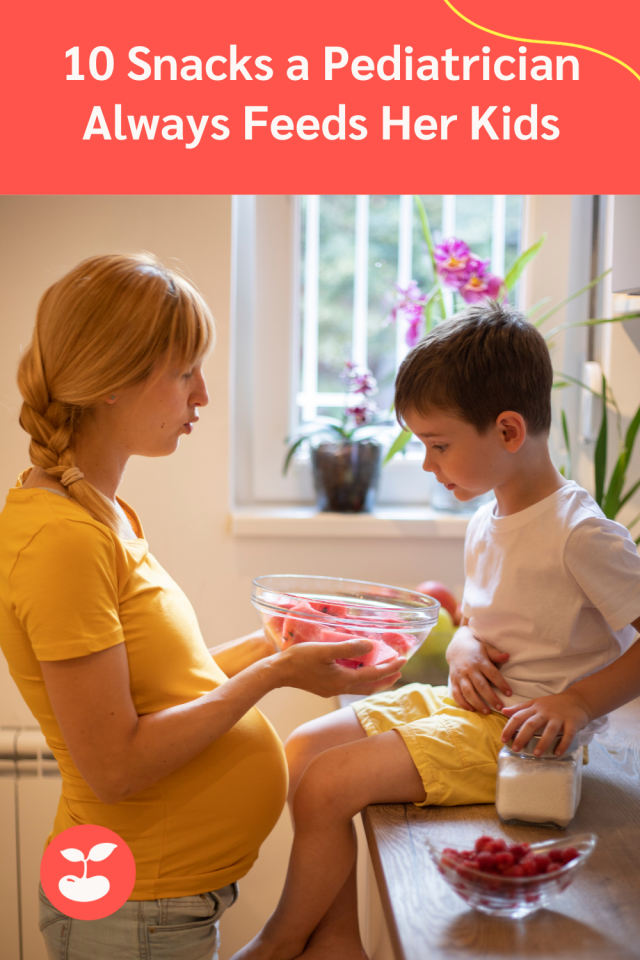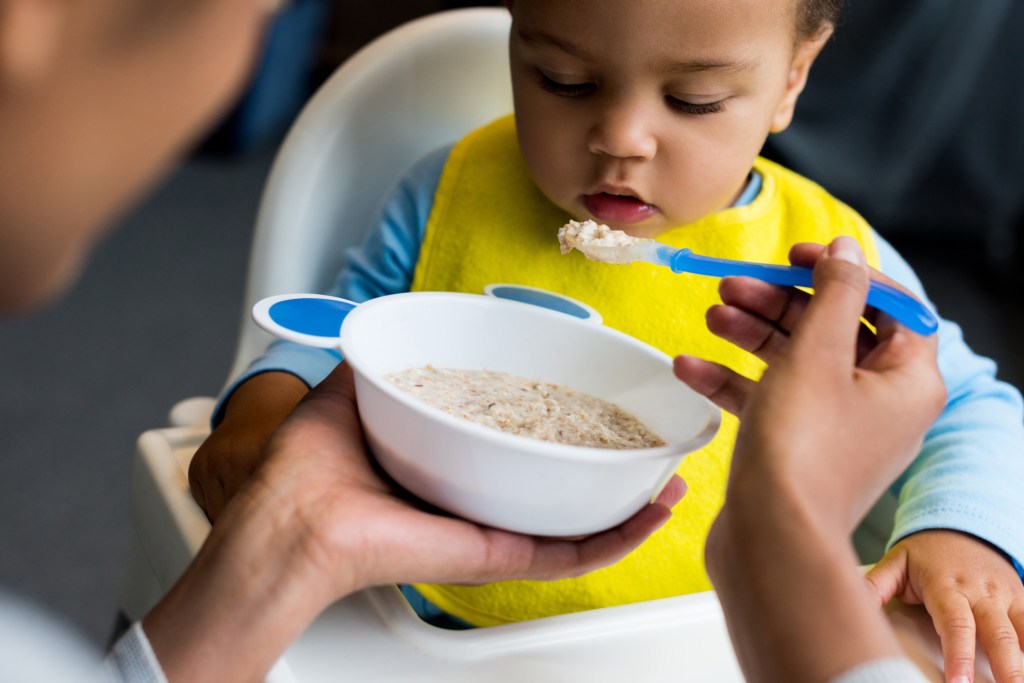If your toddlers are like mine, they want to snack constantly yet getting them to eat something convenient and nutritious is a challenge. Rather than take the easy way out and feed my toddlers a steady diet of mac n’ cheese I asked MamaDoc Dr. Wendy Sue Swanson, a pediatrician, mother to two, and Chief Medical Officer at SpoonfulONE for some advice.
Dr. Swanson shared some of her favorite, nutritious, high-protein toddler snacks that your little one will love. You can feel confident about as a parent because they are the same snacks Dr. Swanson fed her own toddlers.
In general, there’s a lack of diverse foods in baby and toddler foods on the market, so finding a variety of healthy snacks is your toddler likes is important. When thinking about offering a snack, Dr. Swanson advises parents to do their best to keep the sugars low and the protein levels high. She suggests offering lots of diverse colors and textures. According to Dr. Swanson, offering a diverse diet doesn’t just ensure your toddler gets the nutrients they need, it also lowers the risk of developing a food allergy.

photo: Vitolda Klein via Unsplash
Here are Dr. Swanson’s top 10 snacks for toddlers:
- Hummus and veggies are a great source of fiber and protein. Try carrots, cucumbers, bell peppers, and tomatoes for variety.
- Make a smoothie packed with fruits and maybe even a handful of spinach for vitamin K. This is a great way to introduce foods with new colors and flavors that are easy to love.
- Cube up some turkey meat and cheddar cheese. Turkey meat and cubed cheese are also known to be great snacks for toddlers’ oral health. This is a great alternative to cracker-like snacks (think Goldfish) that get stuck in toddlers’ teeth and can lead to tooth decay.
- Peanut butter or any nut butter with apples is a great choice. We know that babies and toddlers need to be introduced to nuts early and often to reduce food allergy risk. This yummy option makes it easy.
- Black bean quesadillas are easy to make and can be served warm or cold. What kid doesn’t love a quesadilla? Build on the food they already love and add black beans for protein and fiber.
- Plain, full-fat yogurt with berries makes a great toddler snack. Yogurt is one of the best sources of probiotics and live cultures, which are friendly bacteria. Top with some berries and maybe even a bit of honey once Baby has reached 1 year. (Honey before age 1 is not recommended due to botulism risk.)
- Protein-filled pancakes are a great way to sneak in an extra nutritional punch to this staple of toddler diets. Kodiak Cakes are a great choice because their mixes are packed with extra protein and can be combined with an egg and milk to add in even more, but you can also make protein-packed pancakes yourself by using ground-up oats in your mixture.
- Banana slices with peanut butter on top is always a hit because it is a more sweet snack or treat. It also helps toddlers work on their pincer grasp skills.
- Eggs are a safe go-to for a toddler snack. Kids definitely can have a preference when it comes to eggs. Try cooking them in a variety of ways: scrambled, hard-boiled, or poached until you find one they love. Eggs are a great protein source and most children love them.
- Sweet potato fries are a great alternative to regular fries and the perfect finger food for kids of all ages. No salt needed!
Happy snacking!
—Jamie Davis Smith
RELATED STORIES
Is This Normal? My Kid Won’t Eat Dinner Then Begs for Snacks Before Bed
The Best New Store-Bought Snacks You Haven’t Tried Yet
Grab & Go Amazon Snacks Perfect for School Lunches















